Mexico is not often associated with cold weather as most of the country most of the year enjoys agreeable temperatures which range from temperate to warm or hot.
However, Mexico is big, and as we described in our article about this being a land of three lands, different regions and varying topography create distinct climate zones—including those that can get quite cold during the fall and winter months.
How elevation influences local climates
Regions in Mexico that experience cool or cold climates, especially between the late fall and through the winter months, are those situated in the northern desert regions, as well as the areas across the country that are inland and situated at higher elevation.
Many of Mexico’s popular and picturesque inland towns and cities are situated at elevations over 4,000 feet above sea level, and more commonly are situated between 5,000 and 7,000 feet above sea level.
This elevated topography keeps air temperatures considerably cooler and less humid throughout the year even on latitudes where temperatures are very hot at lower levels, and along the coast.
During the spring and summer months, the elevation keeps the climate in these places feeling temperate, with warm days (sometimes hot in the late spring) and comfortably cool after sundown and overnight.
When the season turns from summer to fall, and then to winter, mountainous places at elevation can become quite cool, and some even quite cold after the sun sets.
In the Mexico’s northern desert regions, overnight temperatures can freeze and some areas like the Copper Canyon can also experience snow.
Temperate daytimes become cool or cold after sundown
One of the climatic features of colder months in Mexico’s highlands is that daylight temperatures tend rise steadily throughout the morning to become temperate and comfortable by the afternoon.
Seasonal cold fronts from the north can cause temperatures to plunge for a few days, and prevent daytime temperatures from reaching their typical highs, and this is especially noticeable in mountain enclaves at higher elevations. Cold fronts tend to last only a few days at most, and then pass.
When the sun begins to set, temperatures begin to drop noticeably and you might have to trade daytime shorts for long pants and a pullover during the evenings.
Temperatures drop at sundown and then continue to fall steadily throughout the evening and overnight. That chill will linger on to sunrise and through the early hours, making mornings feel crisp, or sharp.
Some days, it might take until late morning or early afternoon before daytime temperatures rise sufficiently to dispel the chill, especially if a cold front arrives, and/or if the day is heavily overcast.
Regions in Mexico affected by cool or colder weather
Areas in Mexico that are commonly affected by cooler or cold weather during the autumn and winter months include:
- Northern areas: the northern desert regions, including Monterrey and elevated areas on the Baja California peninsula; and
- Central highlands: the elevated mountainous regions that form the country’s central highlands: from Zacatecas, southward through Aguascalientes, Guanajuato, Querétaro, Mexico City, and northern areas of Morelos; and
- Western highlands: the western inland elevated areas including the State of Mexico (especially around Toluca), the city of Guadalajara and Lake Chapala, and the highland forested lakeside areas in the state of Michoacán, including Morelia & Pátzcuaro; and
- Eastern highlands: the eastern elevated areas including Tlaxcala, Puebla, and inland areas of Veracruz (Orizaba, that also includes Mexico’s highest mountain); and
- Southern highlands: further south, inland areas of Oaxaca, and the elevated regions of Chiapas, especially in and around San Cristóbal de las Casas, can get quite cool in the winter.
Low-lying and coastal areas
Lower-lying areas (below ~2000 feet elevation) including the coastal plains and coasts situated at latitudes around or below the Tropic of Cancer tend to remain pleasantly warm during the autumn and winter (absent a cold front) which is why they’re so popular with ‘snowbirds’—part time residents who overwinter in Mexico.
Lower-lying areas situated at latitudes above the Tropic of Cancer can feel cooler or cold sometimes, especially if a cold front arrives.
Discover Mexico’s weather and climates
Mexperience helps you to discover Mexico’s diverse topography and climate as you make your lifestyle and leisure plans:
- Learn about how Mexico is a land of three lands
- Keeping your Mexican home warm in the cool & cold months
- Discover Mexico’s climate through the seasons
- The rain season begins in May/June and yields to the dry season in October/November
- Check individual location guides here on Mexperience for climate by location.
- You can get full details about the weather by region and season on our guide to climate in Mexico.
- Browse the latest articles about climate and weather in Mexico
Mexico in your inbox
Our free newsletter about Mexico brings you a monthly round-up of recently published stories and opportunities, as well as gems from our archives.



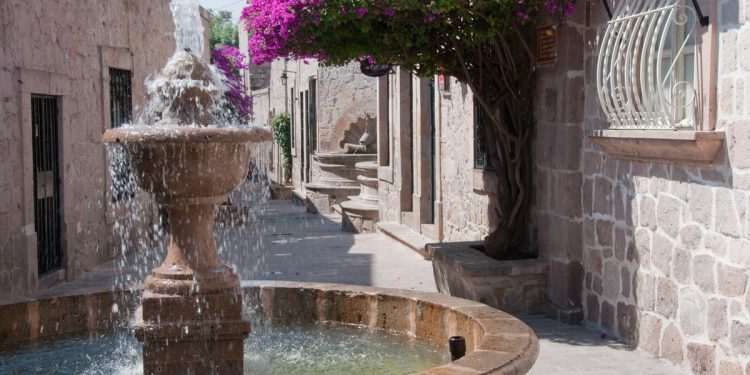
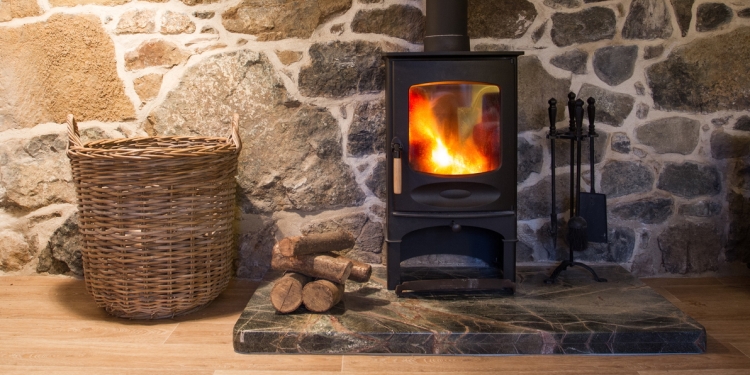



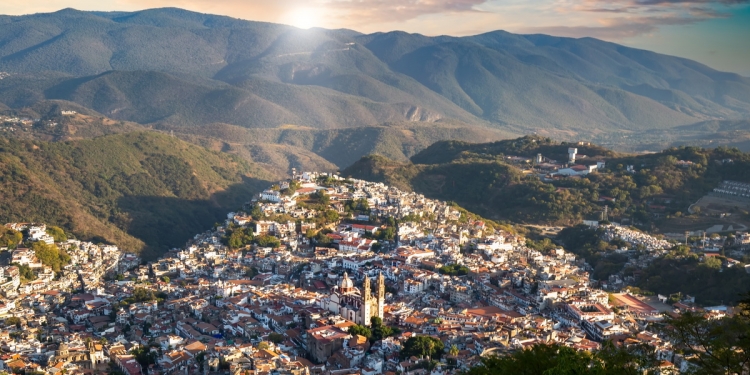
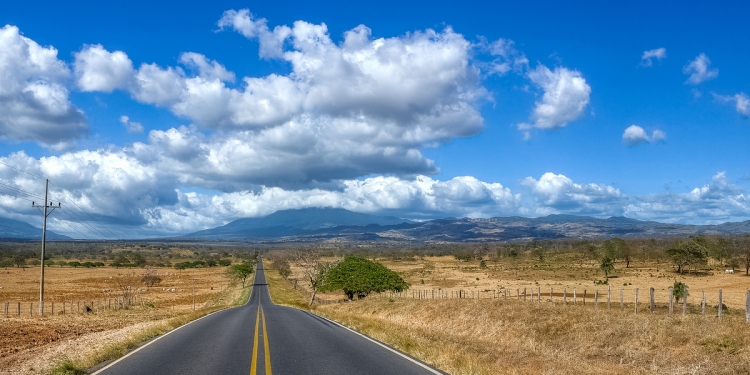
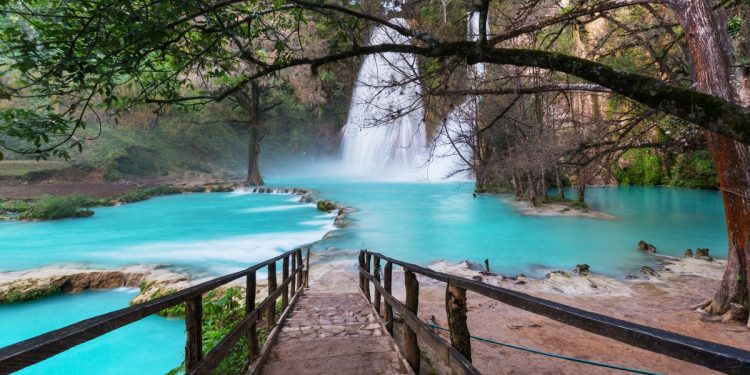

A very clear and interesting written article. Definitely I would like to continue receiving future articles. I was born in Guadalajara and been a sr., retired teacher would like to go back to my dear land for the rest of my life . Do you have any information about good senior retirement comunities in Guadalajara, chápala o r Ajijic? I would appreciate some information ( rental for weeks , months as well ). I now live in South Carolina. I have been in the USA for 65 years and have my Mexican passport up to date. Thank you. Alicia Olea bell